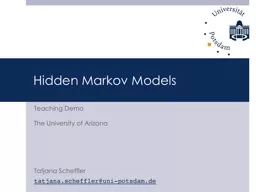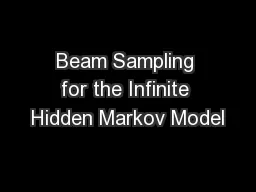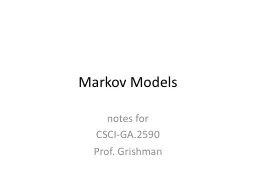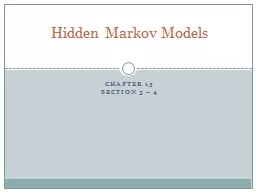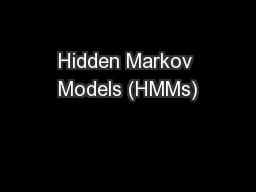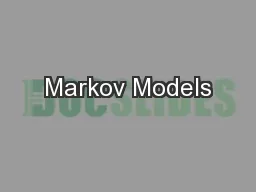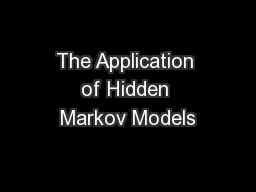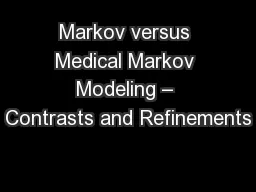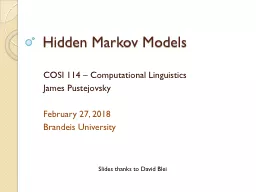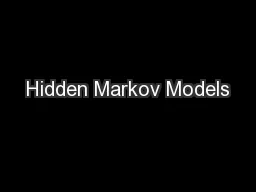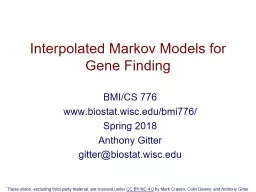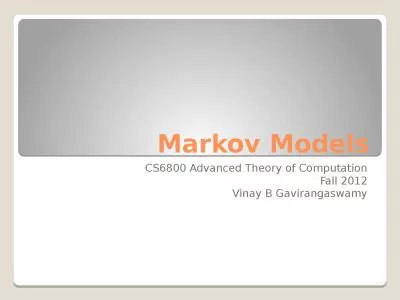PPT-Hidden Markov Models Teaching Demo The University of Arizona
Author : yoshiko-marsland | Published Date : 2019-10-30
Hidden Markov Models Teaching Demo The University of Arizona Tatjana Scheffler tatjanaschefflerunipotsdamde WarmUp Parts of Speech Part of Speech Tagging Grouping
Presentation Embed Code
Download Presentation
Download Presentation The PPT/PDF document "Hidden Markov Models Teaching Demo The U..." is the property of its rightful owner. Permission is granted to download and print the materials on this website for personal, non-commercial use only, and to display it on your personal computer provided you do not modify the materials and that you retain all copyright notices contained in the materials. By downloading content from our website, you accept the terms of this agreement.
Hidden Markov Models Teaching Demo The University of Arizona: Transcript
Download Rules Of Document
"Hidden Markov Models Teaching Demo The University of Arizona"The content belongs to its owner. You may download and print it for personal use, without modification, and keep all copyright notices. By downloading, you agree to these terms.
Related Documents

